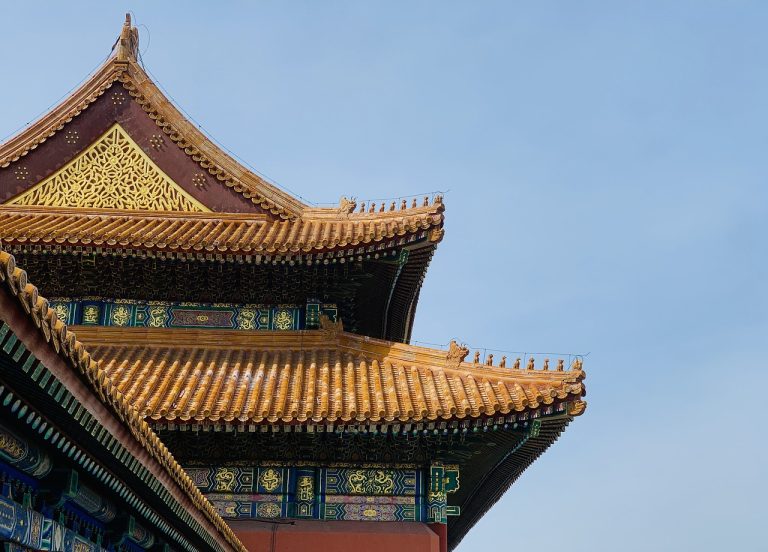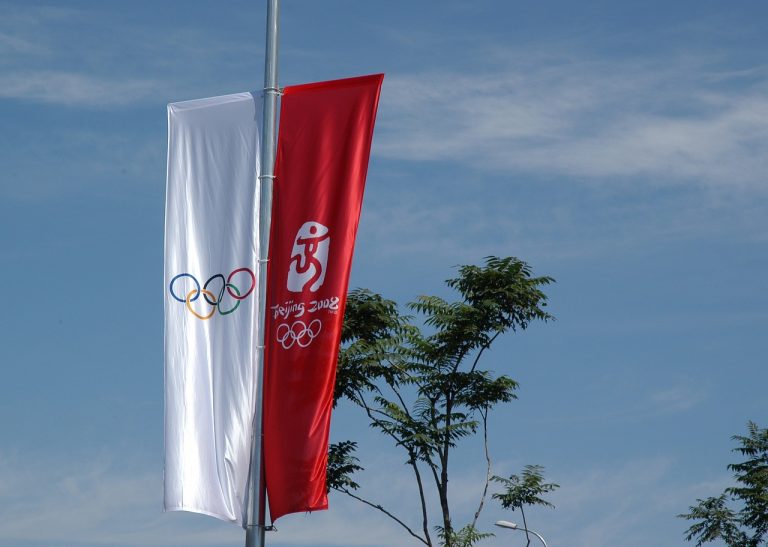Beijing China Video
Public Transportation in Beijing China: A Complete Guide
Beijing, the capital city of China, is known for its extensive public transportation system that offers convenient and efficient ways to get around the city. With a population of over 21 million people, the transportation network in Beijing is designed to accommodate the needs of both residents and tourists. This complete guide will provide you with detailed information about the various modes of public transportation available in Beijing, including buses, subways, taxis, and more.
Subway System
The subway system in Beijing is one of the most popular and efficient modes of transportation. It is known for its extensive network that covers the entire city and connects major attractions, business districts, and residential areas. With 23 subway lines and over 370 stations, the Beijing subway system is a convenient way to travel around the city.
- Line 1: Runs from Pingguoyuan to Sihui East, passing through major attractions like Tiananmen Square and the Forbidden City.
- Line 2: Travels from Xizhimen to Beijing West Railway Station, with stops at popular shopping areas like Xidan and Qianmen.
- Line 4: Connects Anheqiao North to Gongyixiqiao, passing through the Olympic Park and Beijing Zoo.
- Line 10: Covers a large part of the city, running from Bagou to Jinsong, with stops near popular tourist spots like the Summer Palace and Panjiayuan Antique Market.
The Beijing subway system operates from 5:00 am to 11:00 pm, and the fare depends on the distance traveled. It is recommended to purchase a rechargeable transportation card, called the Yikatong, which can be used for both subway rides and bus trips.
Keywords: Beijing subway system, subway lines, transportation card, Yikatong, subway fare

Bus Network
Beijing has an extensive bus network that covers almost every corner of the city. Buses are a popular mode of transportation, especially for shorter distances or areas not served by the subway system. The bus network consists of both regular buses and express buses, offering different options based on your needs.
- Regular Buses: These buses have designated stops and follow specific routes. They are a great way to explore the city and reach destinations that are not easily accessible by subway.
- Express Buses: These buses have fewer stops and operate on major routes, providing faster travel times. They are a convenient option for longer distances or when you are in a hurry.
Beijing buses are identified by their route numbers, which are displayed on the front and sides of the buses. The fare for buses is generally lower than the subway fare, and it can be paid with the Yikatong card or cash.
Keywords: Beijing bus network, regular buses, express buses, bus routes, bus fare
Taxis
Taxis are a popular mode of transportation in Beijing, offering convenience and comfort for getting around the city. Taxis can be easily hailed on the street or found at designated taxi stands throughout the city. They are identified by their lighted signs on the roof, displaying the word “Taxi” in both English and Chinese.
- Fare Structure: Taxis in Beijing operate on a metered fare system, with rates starting at a base fare and incrementing based on distance traveled and time spent in traffic.
- Payment: Taxis accept both cash and mobile payment methods like WeChat Pay and Alipay.
- Taxi Apps: There are several taxi-hailing apps available in Beijing, such as Didi Chuxing and Meituan Dianping, which allow you to book and pay for taxis using your smartphone.
It is important to note that during peak hours, it may be challenging to find available taxis, and traffic congestion can affect travel times. It is advisable to have the destination address written in Chinese or use a navigation app to communicate with the taxi driver.
Keywords: Beijing taxis, metered fare, taxi apps, WeChat Pay, Alipay, traffic congestion

Bicycle Sharing
Bicycle sharing programs have gained popularity in Beijing as a convenient and eco-friendly way to explore the city. These programs allow users to rent bicycles from designated stations and return them at any other station within the network.
- Operators: Beijing has several bicycle sharing operators, including Mobike, Ofo, and Bluegogo. Each operator has its own mobile app for locating and unlocking bicycles.
- Cost: The cost of renting a bicycle is generally low, with options for hourly, daily, or monthly rentals.
- Cycling Lanes: Beijing has dedicated cycling lanes in many areas, making it safe and convenient to ride bicycles.
Using a bicycle is a great way to explore Beijing’s hutongs (narrow alleyways), parks, and scenic areas at your own pace. Just make sure to follow traffic rules and return the bicycle to a designated station to avoid additional charges.
Keywords: Beijing bicycle sharing, bicycle sharing operators, cycling lanes, hutongs, Mobike, Ofo, Bluegogo
Rideshare Services
Rideshare services like Uber and Didi Chuxing are also available in Beijing, providing an alternative to taxis. These services allow users to book a ride using a mobile app and pay for the trip electronically.
- Didi Chuxing: Didi Chuxing is the dominant rideshare service in China and offers various options, including private cars, taxis, and shared rides.
- Uber: Uber operates in Beijing and provides similar services to Didi Chuxing.
Rideshare services are convenient for longer distances or when traveling with a group. They offer options for different vehicle types and price ranges, providing flexibility based on your preferences and needs.
Keywords: Beijing rideshare services, Uber, Didi Chuxing, mobile app, shared rides

Airport Transportation
Beijing has two major international airports: Beijing Capital International Airport (PEK) and Beijing Daxing International Airport (PKX). Both airports are well-connected to the city center and offer various transportation options.
- Airport Express: The Airport Express is a dedicated subway line that connects both airports to the city center. It provides fast and convenient transportation for travelers.
- Taxis: Taxis are readily available at both airports, and there are designated taxi queues outside the terminals.
- Shuttle Buses: Shuttle buses operate between the airports and various locations in the city. They offer a more affordable option compared to taxis.
It is recommended to plan your airport transportation in advance based on your arrival time, destination, and personal preferences. Consider factors like travel time, luggage, and budget when choosing the most suitable option.
Keywords: Beijing airports, Beijing Capital International Airport, Beijing Daxing International Airport, Airport Express, shuttle buses
High-Speed Rail
Beijing is a major transportation hub in China, with high-speed rail connections to various cities across the country. The Beijing West Railway Station and Beijing South Railway Station are the main hubs for high-speed trains.
- Destinations: High-speed trains from Beijing connect to cities like Shanghai, Xi’an, Guangzhou, and more.
- Ticket Booking: It is advisable to book high-speed train tickets in advance, especially during peak travel seasons.
- Transportation to Stations: Both railway stations are well-connected to the city center via the subway system, taxis, and buses.
Traveling by high-speed rail is a convenient and efficient way to explore other parts of China from Beijing. The trains offer comfort, speed, and the opportunity to experience the country’s modern rail infrastructure.
Keywords: Beijing high-speed rail, Beijing West Railway Station, Beijing South Railway Station, high-speed train tickets
Conclusion
Beijing’s public transportation system provides an extensive and efficient network for both residents and visitors. Whether you prefer the subway, buses, taxis, bicycles, or rideshare services, there are plenty of options to suit your needs. The key is to plan your routes in advance, familiarize yourself with the different modes of transportation, and choose the most convenient option based on your destination and preferences. By utilizing Beijing’s public transportation, you can explore the city’s rich cultural heritage, vibrant neighborhoods, and iconic landmarks with ease.
References
- Beijing Municipal Commission of Transport: www.bjtrc.org
- Beijing Subway Official Website: www.bjsubway.com
- Beijing Public Transport Holdings: www.bjbus.com
- Didi Chuxing Official Website: www.didiglobal.com
- Beijing Capital International Airport Official Website: en.bcia.com.cn
- Beijing Daxing International Airport Official Website: www.bdia.com.cn
- China Railway Official Website: www.12306.cn
- Mobike Official Website: mobike.com







